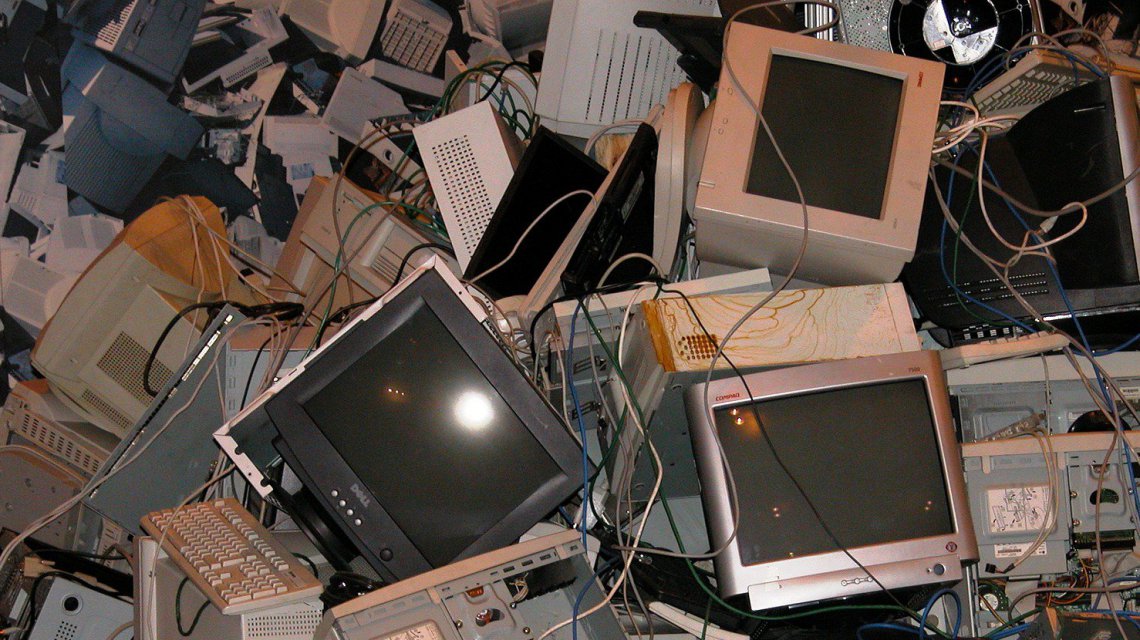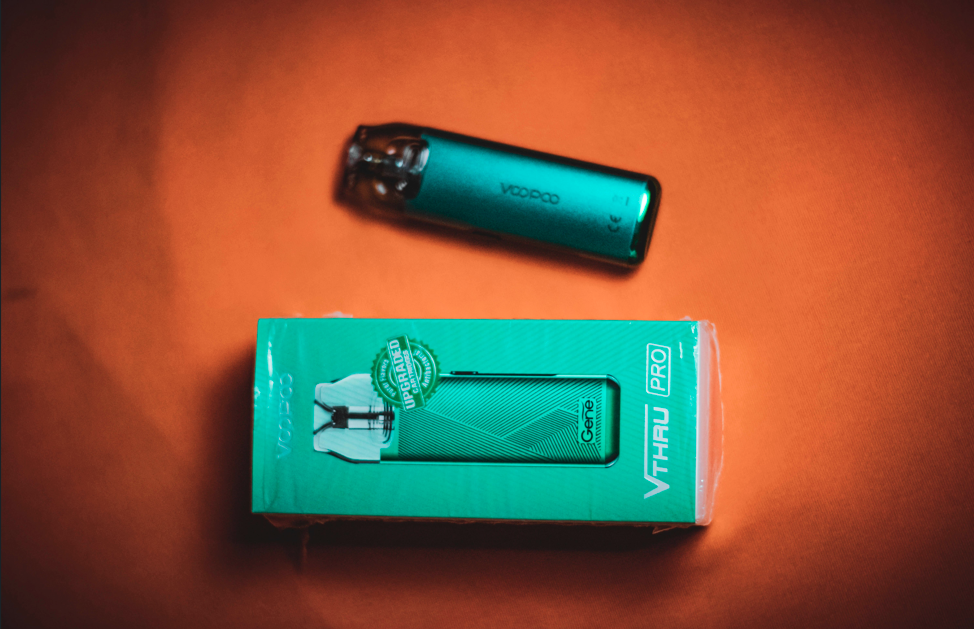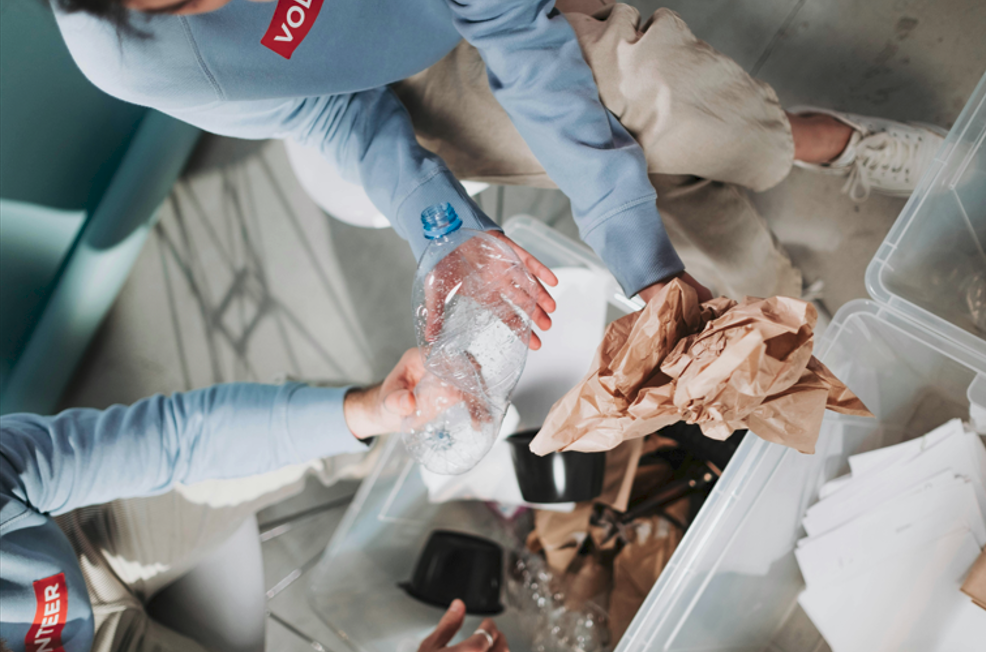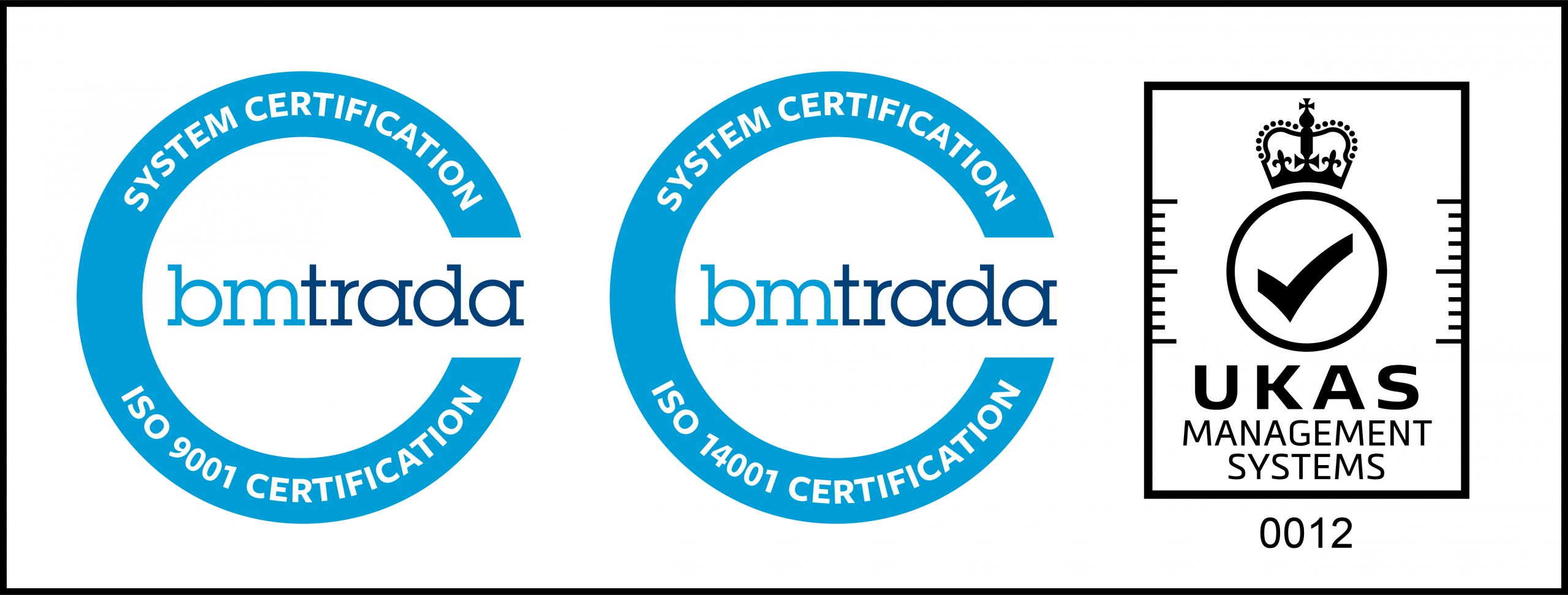Persistent Organic Pollutants (POPs) have been under scrutiny since the recast of the POPs directive in the EU, increasing controls on historically used flame retardants and other potentially hazardous substances. This change has led to a significant cost increase to the treatment of waste electrical and electronic equipment (WEEE) due to the limited treatment options for hazardous waste materials.
POPs have been used in the manufacture of electrical and electronic equipment for many years as fire retardants in plastic components and casings that are exposed to heat. More recently their use has been phased out but they continue to arise in waste equipment (WEEE).
Many items, in particular small mixed WEEE, along with cathode ray tube (CRT) TVs/screens and flat screen TVs/screens could contain a significant amount of POPs. This would render them as hazardous due to their potential impact on the environment and human health if the POPs were to escape.
In July the Industry Council for Electronic Equipment Recycling (ICER) confirmed that the levels of Persistent Organic Pollutants (POPs) in certain WEEE plastic is much higher than originally thought. This research informed the Agency’s position on POPs and they have recently written to over 1,000 companies involved in the management of WEEE to outline their guidance on the matter.
This POPs containing plastic would have previously have been recycled but since the regulation change, it is now required to be destroyed (or irreversibly transformed). The main method of disposal is high temperature incineration, however there is currently a lack of capacity for this in the UK with the only viable option being export to Europe. This change has had a massive impact on the cost of treatment across the whole industry for these materials. 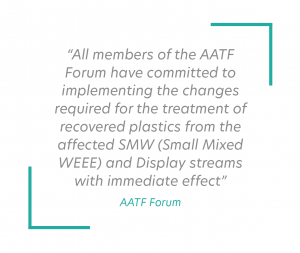
WEEE Conference
POPs was one of the main topics at the WEEE Conference this September where Claire Snow, Director of ICER gave a talk on the methodology and findings of their research funded by the WEEE Compliance Fee.
She highlighted that of the plastic from cathode ray tube (CRT) display units tested in their study over 45% contained enough bromine that it were POPs it would take them over the threshold, she noted that “Not all of that will be but you cannot send all CRT backs to a lab to test it to see whether to recycle it or not”.
She told how ICER had estimates that as much as 4,500 tonnes of CRT plastic, 4,300 tonnes of plastic from flat panel display units, and 50,000 tonnes from small mixed WEEE could fall within the POPs threshold. She went on to explain that they are undertaking further testing of cabling to determine if they also contain POPs.
A statement published on Letsrecycle.com from the AATF Forum, which represents the UK’s WEEE recycling industry, said that “All members of the AATF Forum have committed to implementing the changes required for the treatment of recovered plastics from the affected SMW (Small Mixed WEEE) and Display streams with immediate effect and to work with the Agencies to ensure that disruption at local authority sites is minimised.”

